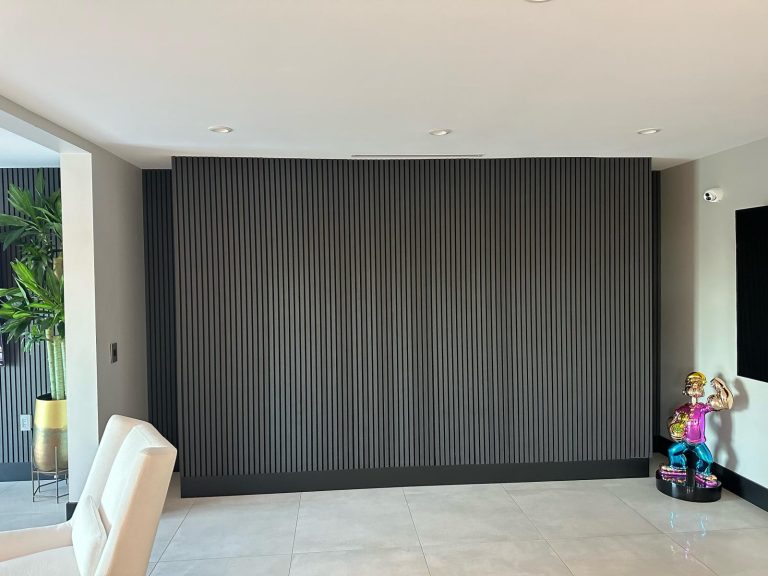The Art of Metal Fabrication: Custom Welding for Precision and StrengthThe Art of Metal Fabrication: Custom Welding for Precision and Strength
Metal fabrication is a crucial industry that transforms raw metal into structures, parts, and products for various applications. One of the most specialized aspects of this field is custom welding, a process that requires precision, skill, and advanced techniques to create durable and high-quality metal components. Whether for industrial, commercial, or artistic purposes, custom welding plays a vital role in delivering strong, customized, and long-lasting metal solutions.
What is Custom Welding?
Custom welding refers to tailor-made welding solutions designed to meet specific project requirements. Unlike standard welding, which follows generic designs, custom welding allows for precision-engineered metalwork, ensuring that the final product meets exact specifications.
A skilled metal fabrication expert or welder can work with various metals, including:
- Steel – Common in construction, machinery, and infrastructure.
- Aluminum – Lightweight and corrosion-resistant, ideal for aerospace and automotive industries.
- Stainless Steel – Used in medical, food processing, and architectural applications.
- Brass & Copper – Known for their decorative appeal and electrical conductivity.
Key Welding Techniques Used in Metal Fabrication
Custom welding involves different welding techniques, each suited for specific applications:
MIG Welding (Metal Inert Gas)
- Uses a continuous wire electrode and shielding gas.
- Ideal for large-scale projects due to its speed and efficiency.
TIG Welding (Tungsten Inert Gas)
- Provides precision and clean welds, often used for stainless steel and aluminum.
- Commonly used in automotive, aerospace, and custom fabrication projects.
Stick Welding (Shielded Metal Arc Welding – SMAW)
- Suitable for outdoor and industrial applications.
- Works well with thicker metals and in harsh conditions.
Plasma Arc Welding (PAW)
- Offers high precision and is commonly used in aerospace and medical device manufacturing.
Each of these techniques allows fabricators to create strong, durable, and customized metal structures for a wide range of industries.
Applications of Custom Welding in Metal Fabrication
Custom welding is used in a variety of industries, including:
✔ Construction & Architecture – Custom railings, staircases, beams, and metal frameworks.
✔ Automotive & Transportation – Custom exhausts, roll cages, and chassis modifications.
✔ Manufacturing & Machinery – Precision welding for industrial equipment and tools.
✔ Aerospace & Defense – High-strength welds for aircraft components and military-grade equipment.
✔ Art & Design – Custom metal sculptures, gates, and furniture.
Benefits of Custom Welding in Metal Fabrication
Choosing custom welding for metal fabrication offers several advantages:
✔ Precision & Quality – Each weld is tailored to meet exact specifications.
✔ Durability & Strength – Ensures long-lasting and structurally sound metalwork.
✔ Versatility – Can be used for a wide range of materials and applications.
✔ Aesthetic Appeal – Clean, seamless welds enhance the appearance of the final product.
✔ Customization – Perfect for unique or complex designs that require specialized solutions.
Finding the Right Custom Welding Professional
When selecting a custom welding expert for your metal fabrication project, consider the following:
- Experience & Certifications – Look for welders with industry experience and certifications such as AWS (American Welding Society).
- Portfolio of Work – Review past projects to ensure quality craftsmanship.
- Material & Technique Expertise – Ensure they specialize in the type of metal and welding method needed for your project.
- Customer Reviews & Testimonials – Check feedback from previous clients to gauge reliability and workmanship.
Conclusion
Custom welding is an essential part of metal fabrication, offering unparalleled strength, precision, and versatility. Whether for industrial, commercial, or artistic applications, custom welding ensures that each project is crafted to perfection, meeting unique specifications and high-quality standards. If you’re in need of custom metalwork, partnering with an experienced metal fabrication professional can bring your vision to life with durable and expertly welded components.
